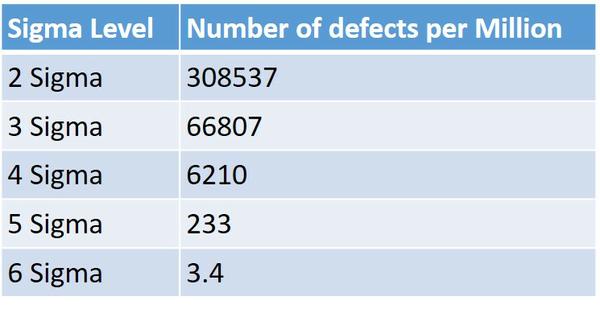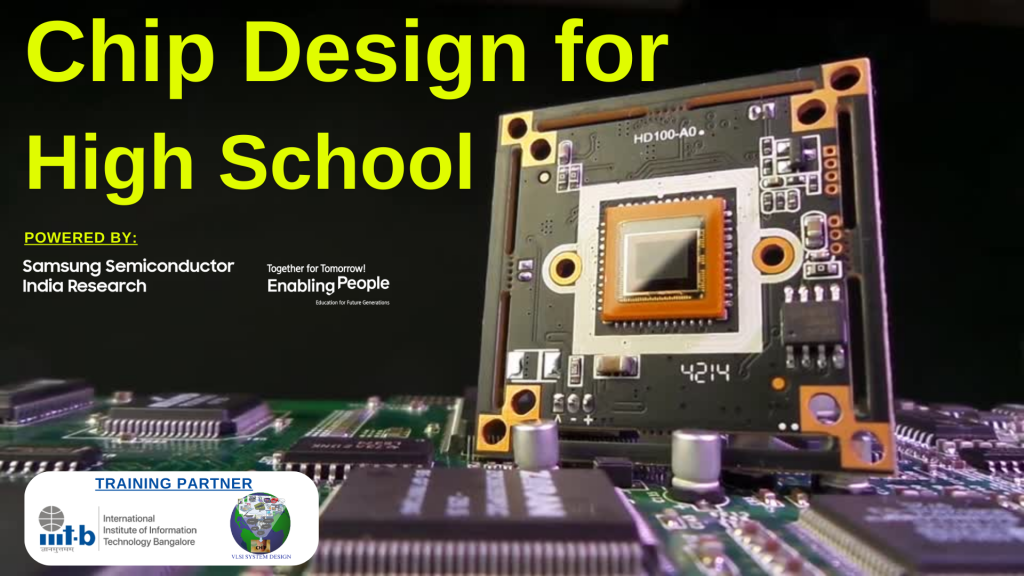Hello
Let me start with a quote
“Competition is always a good thing. It forces us to do our best. A monopoly renders people complacent and satisfied with mediocrity.” – Nancy Pearcy
By the end of post, it will be quite evident that it was the competition that led to one of the classiest campaign “Intel Inside” for its processors. As I mentioned in my previous post about Japanese taking the lead over , most American companies felt the threat, and Motorola was one of them [1]. This started in 1981 – Six sigma program
Below table will help understand sigma level and what it means in terms of “number of defects”

Nevertheless, Japanese also started similar program, though not as good as Motorola, but were still ahead due to ‘past perfections’. All said and done, this program helped US in preventing quality problems and Japanese got beaten in their own game of ‘quality’
That was not all: In 1987, SEMATECH (a non-profit consortium) was formed, that brought together US semiconductor manufacturers, chipmakers, material suppliers to address technical challenges, reduce manufacturing defects and costs [2] – This was one of Japanese popular route to success
Intel was the first companies to market memories that had allowed Intel to charge high. But after facing threat during 64K market from Fujitsu (who entered into 256K market very quickly), Intel decided to exit DRAM industry by 1986 and focused into micro-processors, for which Intel were (and are still) pioneers. [3]
By 1981, IBM first microcomputer used Intel 8088 with a clock frequency of 4.77MHz [4] (although, in1971, Intel had introduced 1st commercial microprocessor). This was a huge success and it became Intel’s primary business
If that’s not all, NEC (who in 1979, used to manufacture Intel’s 8086/88 microprocessors), used their designs to create its own Intel-compatible microprocessors and called them NEC V20 and V30 [5] While this was allowed, but a NEC software engineer disassembled Intel 8086/88 microcode. This led to a series of court cases, and Intel claimed that microcode be copyright able. Eventually, it was not proved in court of Law and Intel lost the copyright case to NEC in 1989 [6]
But guess what happened next: In 1991, “Intel Inside” campaign was launched. It represented Intel’s way of directly communicating with computer buyers about its “quality and reliability”. Ever wondered what was the result of this kind of advertisement. It was stunning!!
A good example of this is, would you buy a PC without the logo “Intel Inside”?
The result of this is evident in below chart



